Your History of japanese architecture ppt images are available in this site. History of japanese architecture ppt are a topic that is being searched for and liked by netizens now. You can Find and Download the History of japanese architecture ppt files here. Get all free photos.
If you’re searching for history of japanese architecture ppt images information connected with to the history of japanese architecture ppt keyword, you have pay a visit to the ideal site. Our site always provides you with suggestions for seeking the highest quality video and picture content, please kindly search and find more informative video articles and graphics that fit your interests.
History Of Japanese Architecture Ppt. Buildings had complex arms that symbolized embracing nature. During this time period Japan incorporated Western architectural design. Tokyo Modern Trivia 201602. See Article History.
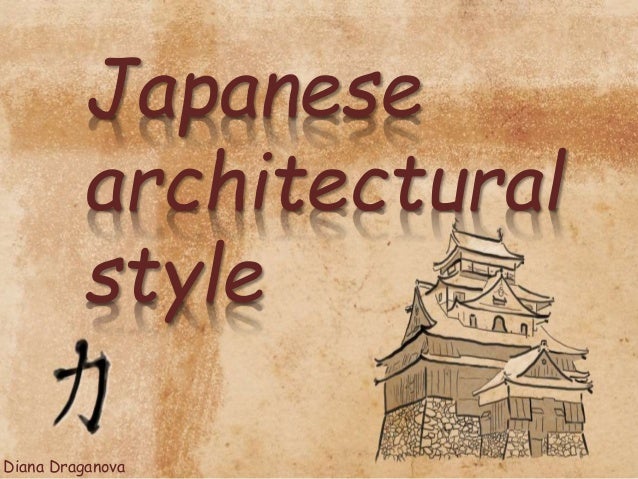 Japanese Architectural Style From slideshare.net
Japanese Architectural Style From slideshare.net
After World War I under the influence of Le Corbusier Mies van der Rohe and Frank Lloyd Wright Japanese architecture began to make their own original contributions to the modern architecture. These mats were finished on the edges and could be laid in different configurations to adapt to the shifting. Japanese architecture the built structures of Japan and their context. See Article History. This series will explore four facets of contemporary Japanese architecture. They use Western style stone and bricks.
Shinto Architecture Japanese Architecture Continuation 1.
A pervasive characteristic of Japanese architectureand indeed of all the visual arts of Japanis. They use Western style stone and bricks. During the Meiji Restoration of 1868 the history of Japanese architecture was radically changed by two important events. These mats were finished on the edges and could be laid in different configurations to adapt to the shifting. After the war Japanese architects finally started to work on modern-style architecture. Japanese architecture the built structures of Japan and their context.
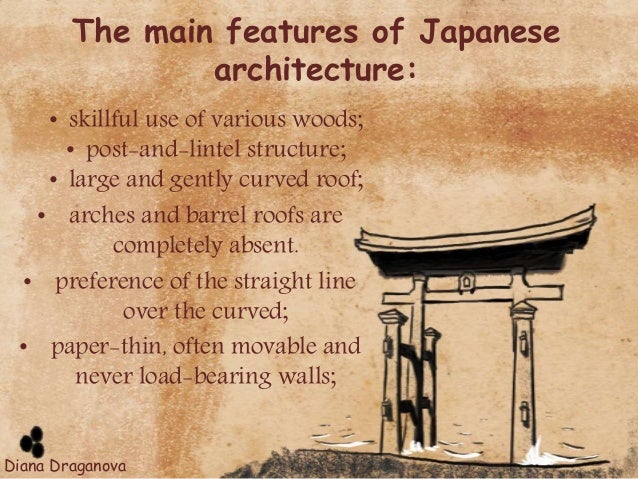 Source: slideshare.net
Source: slideshare.net
Japanese architecture the built structures of Japan and their context. Japanese architecture the built structures of Japan and their context. Glossary compiled by Mary Neighbour Parent with alphabetical index and keyword search. Since the modern era western culture has also had an influence but at the same time a unique Japanese style of architecture. They use Western style stone and bricks.
 Source: slideplayer.com
Source: slideplayer.com
Shinto Architecture Japanese Architecture Continuation 1. It will also span five generations of architects since Kenzo Tange. These mats were finished on the edges and could be laid in different configurations to adapt to the shifting. Today an international student who is studying architecture. Shinto Architecture Japanese Architecture Continuation 1.
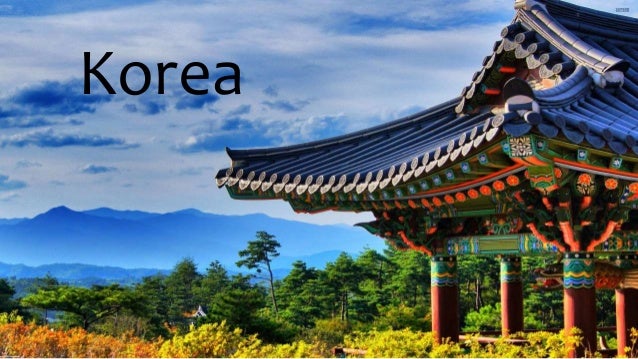 Source: slideshare.net
Source: slideshare.net
The top floor was in fact a large viewing deck. The first was the Kami and Buddhas Separation Act of 1868 which formally. These mats were finished on the edges and could be laid in different configurations to adapt to the shifting. What we now identify as Japanese architecture. They use Western style stone and bricks.
 Source: slideshare.net
Source: slideshare.net
After World War I under the influence of Le Corbusier Mies van der Rohe and Frank Lloyd Wright Japanese architecture began to make their own original contributions to the modern architecture. Tokyo Modern Trivia 201602. Necessity that the Japanese have relied largely on the use of wood for buildings tools and crafts. During this time period Japan incorporated Western architectural design. Buildings had complex arms that symbolized embracing nature.
 Source: slideshare.net
Source: slideshare.net
See Article History. Glossary compiled by Mary Neighbour Parent with alphabetical index and keyword search. Today an international student who is studying architecture. What we now identify as Japanese architecture. Japanese architecture underwent a from reassessment when architects like expertiseFrank Lloyd Wright 18671959 of the United States and Bruno Taut 18801938 of Germany came to work in Japan.
 Source: slideshare.net
Source: slideshare.net
A pervasive characteristic of Japanese architectureand indeed of all the visual arts of Japanis. The original design was an H-shaped plan that focused on well-ventilated rooms on two wings providing grand vistas of the harbor the Luneta and Intramuros. During the Meiji Restoration of 1868 the history of Japanese architecture was radically changed by two important events. In the Taisho and Showa periods 19121926 and 19261989 Japanese architects started to design a wide range of architecture using their own style and flair but the buildings were very similar to those in Europe. Through lectures by instructors and discussions with the most influential Japanese architects the course will trace the development of contemporary Japanese.
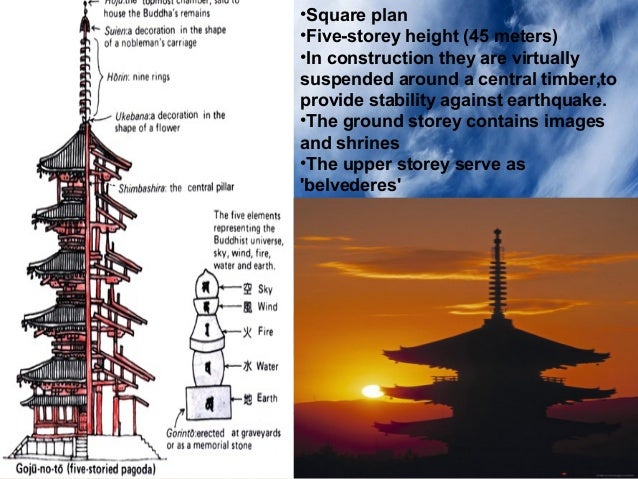 Source: slideshare.net
Source: slideshare.net
Tokyo Modern Trivia 201602. They use Western style stone and bricks. These mats were finished on the edges and could be laid in different configurations to adapt to the shifting. In the Taisho and Showa periods 19121926 and 19261989 Japanese architects started to design a wide range of architecture using their own style and flair but the buildings were very similar to those in Europe. Theory technology city and humans.
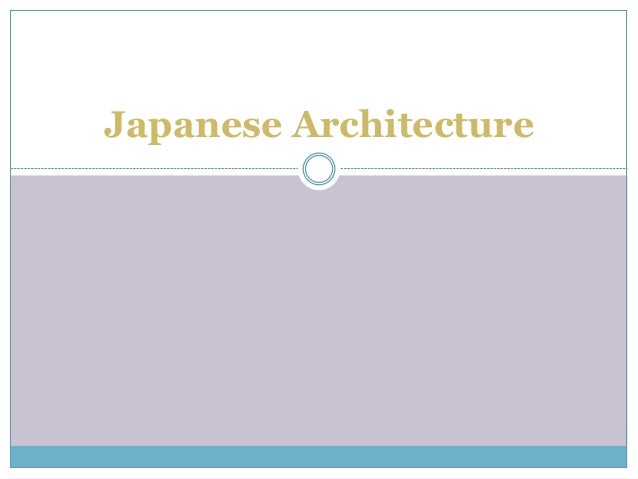 Source: slideshare.net
Source: slideshare.net
Today an international student who is studying architecture. The first was the Kami and Buddhas Separation Act of 1868 which formally. The top floor was in fact a large viewing deck. Theory technology city and humans. During this time period Japan incorporated Western architectural design.
 Source: slideshare.net
Source: slideshare.net
After World War I under the influence of Le Corbusier Mies van der Rohe and Frank Lloyd Wright Japanese architecture began to make their own original contributions to the modern architecture. Necessity that the Japanese have relied largely on the use of wood for buildings tools and crafts. A pervasive characteristic of Japanese architectureand indeed of all the visual arts of Japanis. Japanese architecture the built structures of Japan and their context. The top floor was in fact a large viewing deck.
 Source: slideserve.com
Source: slideserve.com
Glossary compiled by Mary Neighbour Parent with alphabetical index and keyword search. Theory technology city and humans. Japanese architecture dates back to the 6th Century when Buddhism was first introduced into Japan. See Article History. Modern Japanese architecture which gives the sense of delicacy and innovation while adopting the most advanced technology and materials is drawing attention from all over the world.
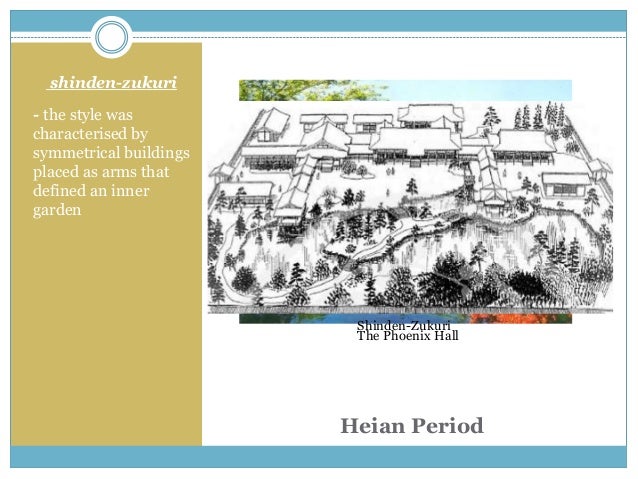 Source: slideshare.net
Source: slideshare.net
What we now identify as Japanese architecture. Positioning and Characteristics of Japanese Architecture Japanese architecture has developed with influences from China and the Korean Peninsula. Shinto Architecture Japanese Architecture Continuation 1. These mats were finished on the edges and could be laid in different configurations to adapt to the shifting. Glossary compiled by Mary Neighbour Parent with alphabetical index and keyword search.
 Source: poweredtemplate.com
Source: poweredtemplate.com
Positioning and Characteristics of Japanese Architecture Japanese architecture has developed with influences from China and the Korean Peninsula. Necessity that the Japanese have relied largely on the use of wood for buildings tools and crafts. What we now identify as Japanese architecture. Shinto Architecture Japanese Architecture Continuation 1. Today an international student who is studying architecture.
 Source: slideplayer.com
Source: slideplayer.com
The top floor was in fact a large viewing deck. In the Taisho and Showa periods 19121926 and 19261989 Japanese architects started to design a wide range of architecture using their own style and flair but the buildings were very similar to those in Europe. During this time period Japan incorporated Western architectural design. This series will explore four facets of contemporary Japanese architecture. Shinto Architecture Japanese Architecture Continuation 1.
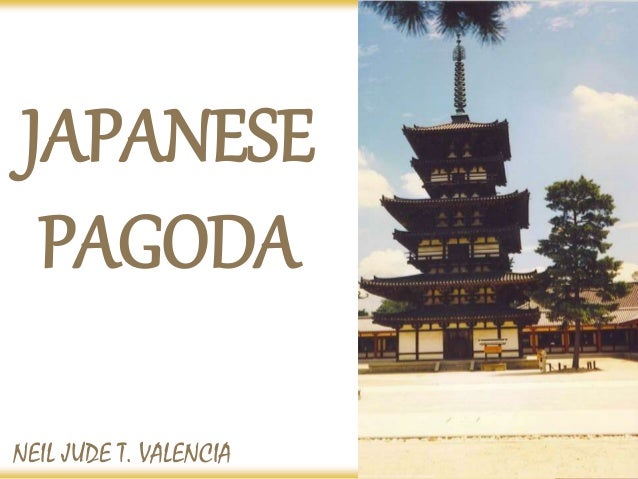 Source: slideshare.net
Source: slideshare.net
Japanese architecture dates back to the 6th Century when Buddhism was first introduced into Japan. The original design was an H-shaped plan that focused on well-ventilated rooms on two wings providing grand vistas of the harbor the Luneta and Intramuros. Today an international student who is studying architecture. During the Meiji Restoration of 1868 the history of Japanese architecture was radically changed by two important events. During this time period Japan incorporated Western architectural design.
 Source: slideplayer.com
Source: slideplayer.com
With both religions based in nature and spiritualism much of Japanese architecture centers on the outside world and the spiritual realm beyond human existence. Japanese interiors were furnished with a type of woven straw floor mat called tatami. A pervasive characteristic of Japanese architectureand indeed of all the visual arts of Japanis. During the Meiji Restoration of 1868 the history of Japanese architecture was radically changed by two important events. These mats were finished on the edges and could be laid in different configurations to adapt to the shifting.
 Source: slideplayer.com
Source: slideplayer.com
During this time period Japan incorporated Western architectural design. Through lectures by instructors and discussions with the most influential Japanese architects the course will trace the development of contemporary Japanese. Necessity that the Japanese have relied largely on the use of wood for buildings tools and crafts. During the Meiji Restoration of 1868 the history of Japanese architecture was radically changed by two important events. Tokyo Modern Trivia 201602.
 Source: slideshare.net
Source: slideshare.net
Shinto Architecture Japanese Architecture Continuation 1. A pervasive characteristic of Japanese architectureand indeed of all the visual arts of Japanis. Buildings had complex arms that symbolized embracing nature. Shinto Architecture Japanese Architecture Continuation 1. Japanese architecture dates back to the 6th Century when Buddhism was first introduced into Japan.
 Source: slideserve.com
Source: slideserve.com
After World War I under the influence of Le Corbusier Mies van der Rohe and Frank Lloyd Wright Japanese architecture began to make their own original contributions to the modern architecture. Glossary compiled by Mary Neighbour Parent with alphabetical index and keyword search. During this time period Japan incorporated Western architectural design. It will also span five generations of architects since Kenzo Tange. A pervasive characteristic of Japanese architectureand indeed of all the visual arts of Japanis.
This site is an open community for users to do sharing their favorite wallpapers on the internet, all images or pictures in this website are for personal wallpaper use only, it is stricly prohibited to use this wallpaper for commercial purposes, if you are the author and find this image is shared without your permission, please kindly raise a DMCA report to Us.
If you find this site adventageous, please support us by sharing this posts to your favorite social media accounts like Facebook, Instagram and so on or you can also bookmark this blog page with the title history of japanese architecture ppt by using Ctrl + D for devices a laptop with a Windows operating system or Command + D for laptops with an Apple operating system. If you use a smartphone, you can also use the drawer menu of the browser you are using. Whether it’s a Windows, Mac, iOS or Android operating system, you will still be able to bookmark this website.






